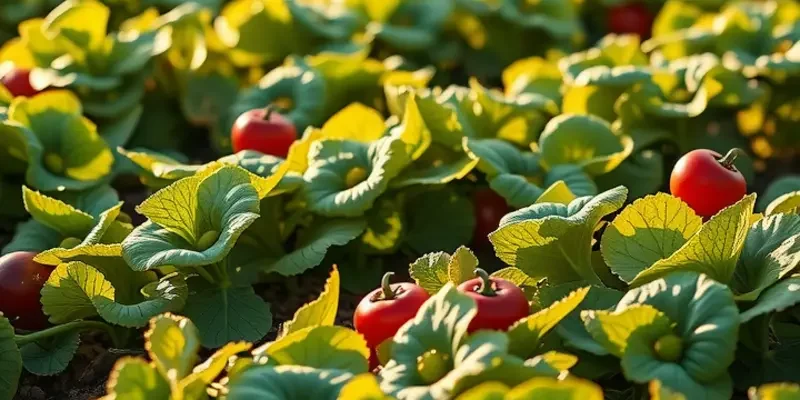Across continents, vegetarian dishes express culture, history, and the bounty of nature. These iconic meals are not just sustenance; they are narratives, showcasing the art of cooking that transcends borders. From spices and textures to cooking techniques, each dish offers a glimpse into the soul of its country. Join us on a flavorful expedition through some of the world’s most celebrated vegetarian cuisine, deepening appreciation for diverse culinary traditions.
A Symphony of Spices: India’s Paneer Tikka Masala

Delve into the fragrant tapestry of Indian cuisine and one dish stands out for its vibrant play of spices and textures: Paneer Tikka Masala. This iconic dish hails from Punjab, capturing the spirit of communal dining that is integral to Indian culture. Picture cubes of paneer, marinated in a mixture infused with spices like turmeric, garam masala, and ginger, then grilled until perfectly charred. These cubes are then bathed in a creamy tomato sauce, lush with aromatic elements like cumin, coriander, and the warm comfort of fenugreek.
The beauty of Paneer Tikka Masala lies not only in its complex flavors but also in its versatility. It is a dish that invites you to gather around a table, breaking naan or ladling the masala over a bed of fluffy basmati rice. This dish truly represents the communal spirit of Indian dining, where food is a shared experience, bringing together family and friends.
Preparation begins with marinating the paneer, a soft Indian cottage cheese, which is a favored protein in vegetarian meals due to its rich texture and ability to absorb flavors. The marinade typically includes yogurt, lemon juice, and a blend of spices, which tenderizes the paneer and infuses it with a deep, tangy flavor. The grilling process adds a smoky dimension, creating a delightful contrast to the creamy sauce.
The tomato-based sauce, often enriched with cream or cashews, is where the intricacies of Indian spice blends come alive. This symphony of spices is central to Indian culinary tradition. Each region offers subtle variations, adding unique twists to the classic recipe. In some variations, smoked paprika adds extra depth, while others might incorporate green chilies for a punch of heat.
For those seeking to experiment, various plant-based alternatives can replace paneer without compromising the dish’s essence. Tofu serves as an excellent substitute for those aiming for a non-dairy version, offering a similarly chewy texture. For more creative adaptations, explore this resource on plant-based eating to diversify such dishes.
Cuisine in India is more than just what is on the plate—it is an expression of cultural narratives and historical epochs. As we savor Paneer Tikka Masala, we relish a story told through shared meals and vibrant spices, a true celebration of Indian gastronomy.
Mediterranean Comfort: Greek Spanakopita

Spanakopita, a harmonious blend of fresh spinach, creamy feta, and fragrant herbs nestled within crispy, golden filo pastry, is a staple of Greek culinary tradition. This dish embodies the Mediterranean ethos of simplicity, focusing on fresh, wholesome ingredients to create vibrant and delightful flavors.
The roots of Spanakopita are deeply entwined with Greek culture, where it often takes center stage during religious festivals and family gatherings. Historically, its origins are believed to be influenced by Greek-Turkish exchanges, with variations seen across the region. Each bite offers a taste of history, wrapped in tradition, representing a culinary legacy passed down through generations.
Creating the perfect Spanakopita begins with its distinctive flaky crust. Filo pastry, known for its paper-thin layers, is key to achieving the dish’s signature crunch. When crafting filo at home, patience is paramount, as the dough must be rolled until nearly translucent. For optimal results, ensure each layer is brushed with olive oil or melted butter, creating crisp layers that contrast beautifully with the tender filling.
The filling, a harmonious blend of spinach, feta cheese, and aromatic herbs such as dill and parsley, offers a combination of textures and flavors. Spinach, the star ingredient, brings a vibrant green hue and nutrient-rich profile, embodying the heart of plant-based eating. The feta contributes saltiness and creaminess, while fresh herbs add depth and fragrance, enhancing the savory profile.
Spanakopita transcends its role as a mere festival dish, doubling as a convenient snack or appetizer. Whether wrapped into individual triangles or laid out in a grand pie, it is a versatile addition to any table. Its portability makes it perfect for picnics or packed lunches, capturing the spirit of Greek meals, where hospitality and sharing over food deepen connections among friends and family.
For those exploring plant-based variations, Spanakopita offers creative flexibility. Consider substituting traditional feta with non-dairy options, preserving the rich, tangy essence while catering to dietary preferences. Resources such as easy plant-based eating guides provide useful insights into such substitutions.
Ultimately, Spanakopita is more than just a comforting dish; it’s a canvas for creativity and an homage to the Mediterranean way of life, emphasizing fresh, nourishing ingredients that celebrate the land’s bounty. By inviting this iconic Greek delicacy to your table, you’re not just sharing a meal, but participating in a vibrant cultural tradition echoing the warmth and hospitality of Greece itself.
Final words
Exploring iconic vegetarian dishes from around the globe reveals how food transcends mere nourishment, weaving together ingredients, history, and culture. Each dish serves as a testament to the rich agricultural practices and culinary traditions inherent to its region. As we savor these plant-based creations, we are interconnected, sharing a universal passion for flavors and the stories behind them. Embrace the culinary diversity our planet offers and let these vegetarian delights inspire your kitchen adventures, inviting you to cook and connect with the world in every bite.








